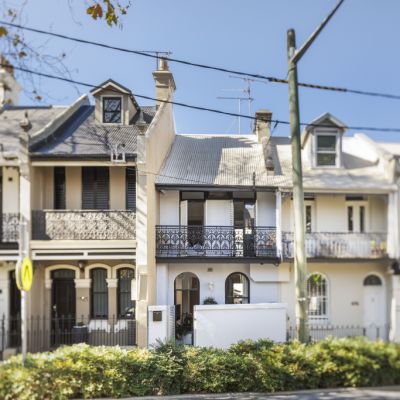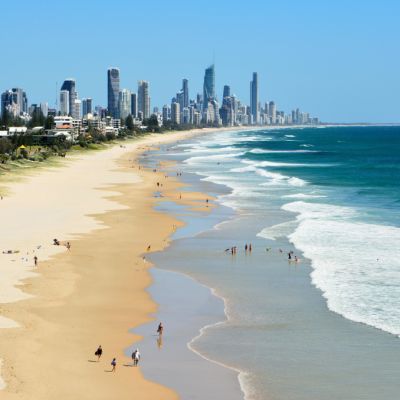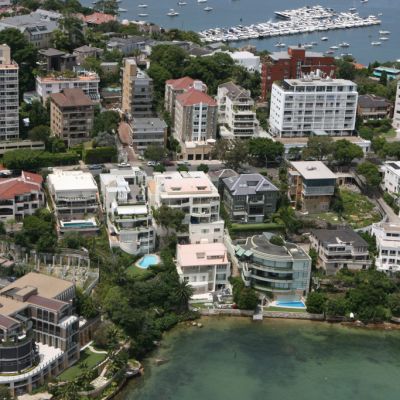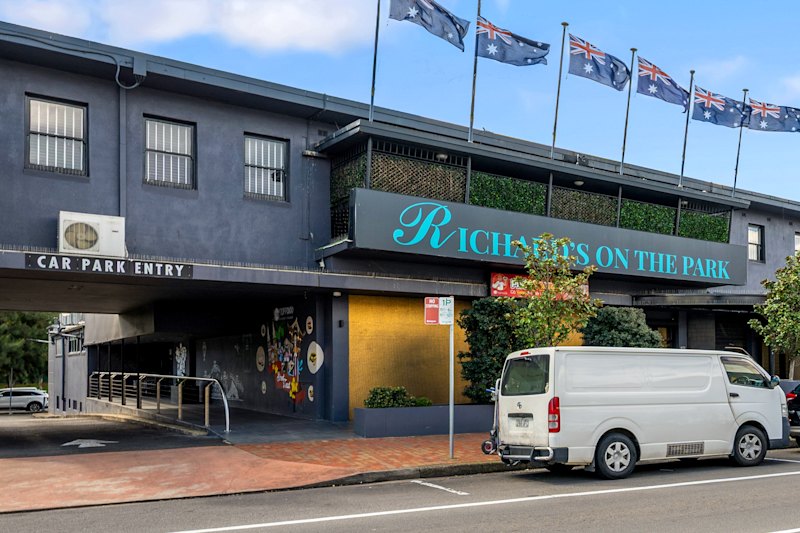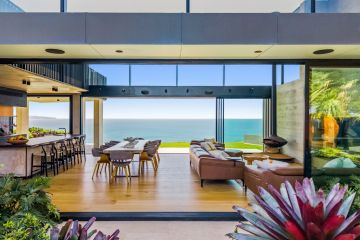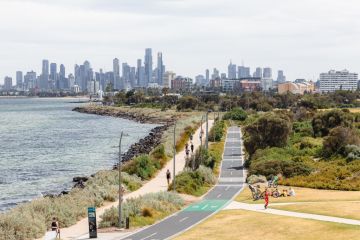How house prices have changed in Australia's capitals from 2010 to 2019

At the beginning of this decade, Darwin was the second-most expensive capital city in Australia in which to buy a house.
The median price was $616,480 – about $26,000 more than Sydney’s.
Back then, you could buy a house in Melbourne for about the same price as a house in Perth, with both cities’ medians sitting just above $550,000.
Perth prices were higher than those in Adelaide and Brisbane, and it was cheaper to buy in Melbourne than in Canberra.
Since then, Australia’s housing market has flipped on its head. Perth and Darwin are cheap, Melbourne is expensive, and Hobart has become a real estate hot spot. Sydney is still the most expensive city in Australia – but it now comes with a median house price of more than $1 million.
So, what caused these changes? Well, a mining boom and bust, for one thing, Domain Group economist Trent Wiltshire said.
“The end of the mining boom hit the west and Darwin hard and certain parts of Queensland, but it had a positive impact on Sydney and Melbourne,” Mr Wiltshire said.
He said falling interest rates and high population and jobs growth in Sydney and Melbourne also contributed to climbing house prices in both cities.
“That was probably hard to predict at the start of the decade when WA was booming, it was almost as expensive as Sydney.”
Sydney’s median house price in the year to September 2019 was $1,079,490 – though down from the past two years – still 68 per cent more than in 2010, and 40 per cent more when inflation was taken into account. Melbourne’s median is 54 per cent higher than in 2010 (29 per cent with inflation), it hit $855 427 in September this year.
HOUSE PRICES 2010 and 2019
| 2010 median | 2019 median | Nominal percentage change | Real percentage change | |
| Sydney | $643,073 | $1,079,490 | 68 | 40 |
| Melbourne | $553,693 | $855,428 | 54 | 29 |
| Brisbane | $460,916 | $562,847 | 22 | 2 |
| Adelaide | $453,946 | $538,550 | 19 | -1 |
| Perth | $553,460 | $527,107 | -5 | -20 |
| Hobart | $334,084 | $482,960 | 45 | 21 |
| Canberra | $562,415 | $738,864 | 31 | 10 |
| Darwin | $616,480 | $521,651 | -15 | -29 |
Source: Domain Group
Mr Wiltshire said though there was no way to predict whether Sydney and Melbourne’s markets would continue to grow the way the had in the past decade, one thing was certain; interest rates could not change in the same way.
“Interest rates just can’t do what they did over this decade. The RBA cash rate started the decade at 4.5 per cent; it’s 0.75 per cent now – it can’t do that same fall again – so that’s a big thing that won’t be able to be repeated.”
Mr Wiltshire said the end of the mining boom had likely affected house prices in Hobart as well – with the median rising by 40 per cent in the past three years.
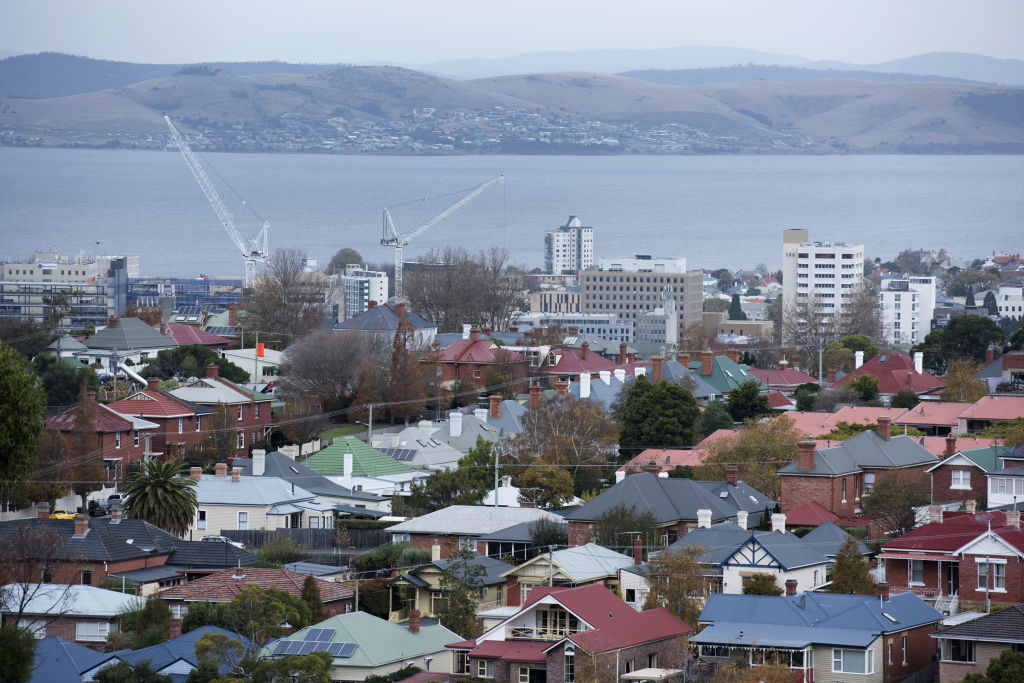
“The lower Australian dollar after the mining boom made tourism more attractive, and that really fed into Tassie’s tourism boom, which then fed into the property market boom.”
Colin Miller from Harcourts Hobart said he had sold properties to a lot of interstate investors who were buying to rent out initially, with the potential to retire in Tassie.
“They come and visit and see our festivals and MONA and all of the impressive things with which Tassie is making a name for itself, so they want to get a piece of the action,” Mr Miller said.
In Perth, it was a different story, with prices falling by 5 per cent and real prices (when inflation was taken into account) falling by 20 per cent.
“Perth house prices are 15 per cent off their peak, and they have been still falling – though in the past couple of months it looks like it might be stabilising,” Mr Wiltshire said.
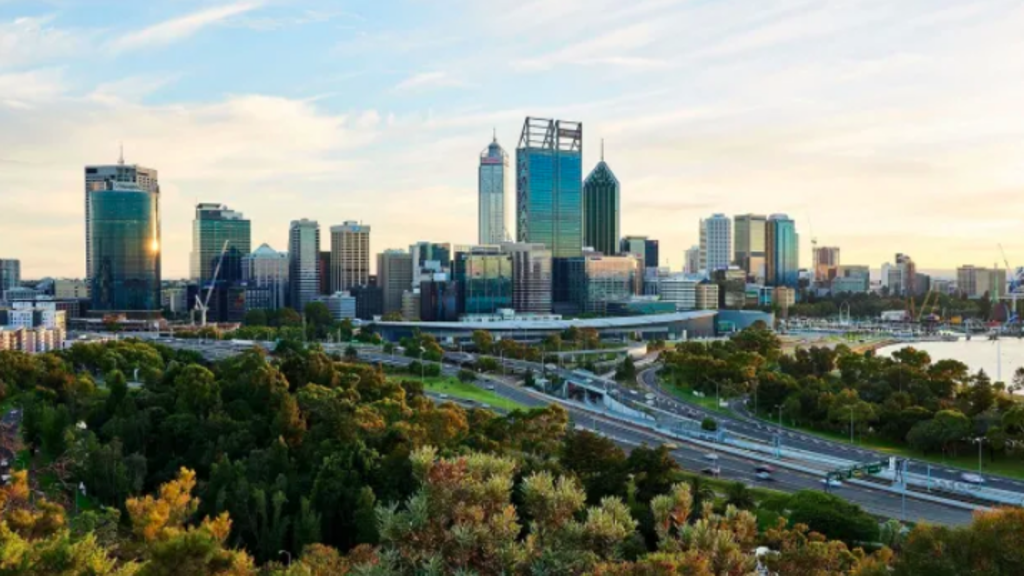
Real Estate Institute of WA president Damian Collins said mining activity had a huge impact on Perth’s housing market.
“Our housing market has pretty much followed the fortunes of mining, oil and gas,” Mr Collins said. “The economy needs to be far more diversified than being just a mining, oil and gas town – it’s too boom and bust.”
He said more investment in infrastructure projects and tourism, as well as education to attract international students, would go a long way to improving Perth’s economy and therefore its housing market. Despite the problems, he said the market had started to show signs of improvement.
“The mining sector is recovering, nowhere near like the mid-decade boom, but certainly it’s looking pretty promising,” he said. “We certainly don’t hope for excessive growth, because there’s always a price to pay at the end of that period.”
House prices in Brisbane and Adelaide have steadily increased over the past nine years, seeing an increase of 22 and 19 per cent respectively – although Adelaide’s market was actually down by 1 per cent when inflation was taken into account. Canberra’s market saw strong growth of 31 per cent, with the median house price increasing from $562,415 in 2010 to $738,864 in September this year.
We recommend
We thought you might like
States
Capital Cities
Capital Cities - Rentals
Popular Areas
Allhomes
More
